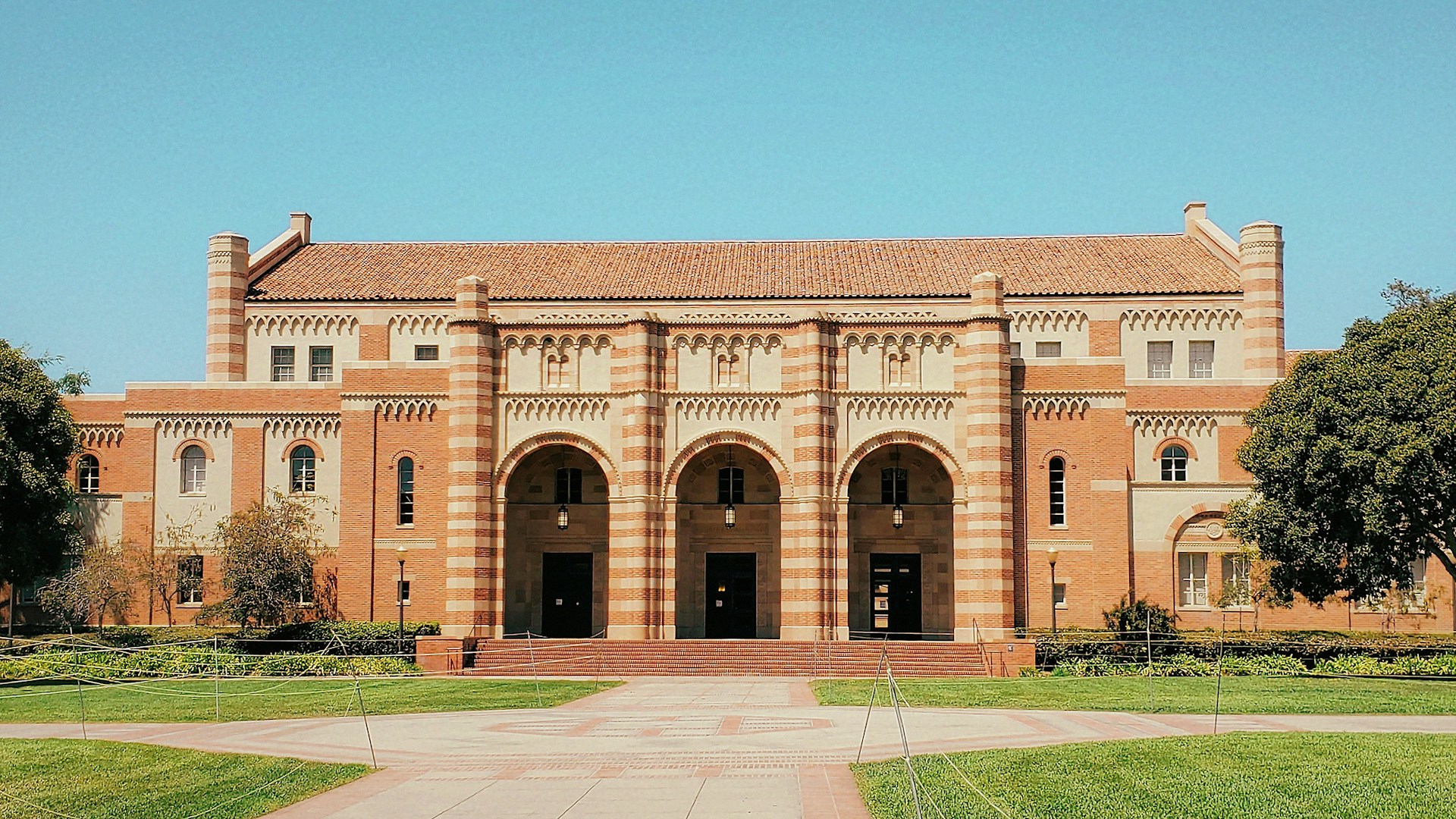Asian American 131B dives deep into the 1940s Japanese American incarceration — with student connection and impact being a primary driving factor of the course.
Brian Niiya, Content Director of Densho Encyclopedia, has taught the course for the past four years. However, he did not initially go into the seminar with a background in teaching.
“The class had actually been started by a close friend of mine, Professor Lane Hirabayashi … but when Lane retired, no one taught the class, and then Lane passed away. Because we were close friends, I wanted to be able to continue that class that he had started,” Niiya said.
The relationship between students and the subject matter is deeply rooted within the seminar. As such, they often feel an external connection because of it.
“I feel really connected when learning about the experience of Japanese Americans from Hawaii … because I am Hawaiian and have lived there for a part of my life,” said Lulu Sigouin, a third-year political science student.
This idea of connection is an integral portion of the course for students who can relate to it.
“I’ve encouraged students, if they have that background, to do their projects on their family members, or, in some cases, even people that they know outside of class,” Niiya said.
Another integral portion of this course is a guest speaker aspect. Every year, Niiya invites speakers with firsthand accounts of the incarceration camps to share their experiences with the students.
During Week 4, June Aochi Berk visited the course’s students and spoke about her experience. She was incarcerated as a child in Santa Anita, California as well as Rohwer, Arkansas.
“I think it’s really valuable to have someone like June Berk here last week … June is so active … She really enjoys meeting the students. June’s 92, and it’s not going to be too much longer before I’m not able to do this anymore, right?” said Niiya.
The guest speaker opportunity was one that Alanah Antillon, a second-year political science major, felt that she had never experienced in a class before.
“Getting to ask her questions and hear her take on events gave the entire class a personal touch, and I have not come across that before,” Antillon said.
Another portion of the course that Antillon felt to be interesting was the interactiveness of it all. Students were given the opportunity during Week 6 to delve into artifacts at UCLA’s Special Collections, located in the Young Research Library.
“The opportunity to delve into UCLA special collections and see primary sources, like newspapers, postcards, and pictures from this event was so special and opened my eyes to a different type of research,” Antillon said.
The weight that this class has extends beyond the classroom.
“I think it’s so important to have classes like this offered because it exposes the tragedies that have happened in history and helps educate people so that people can prevent it from repeating in the future … Without learning about diverse communities we will never be able to grow as society and UCLA or other institutions are a key part of this,” Sigouin.
Antillon feels the same way — particularly about bringing attention to the entirety of United States history.
“In acknowledging the, oftentimes painful, reality of our nation’s past, the course takes steps to provide an equitable and holistic approach to history … It gave a voice to a minority group to tell their story and provide their perspective. This is invaluable,” Antillon said.
Visual Credit: Joy Armani

Comments are closed.